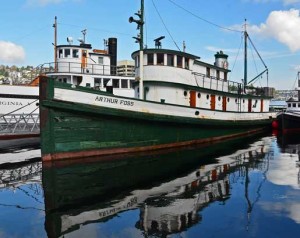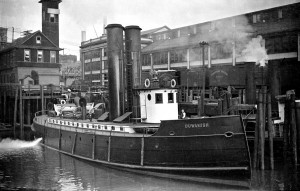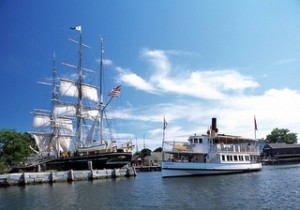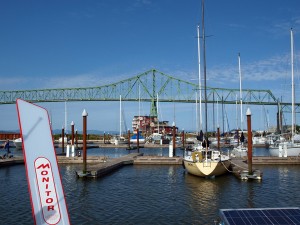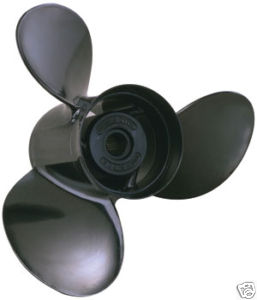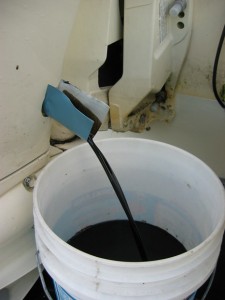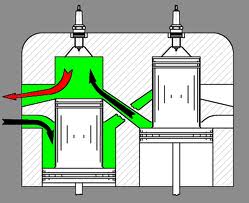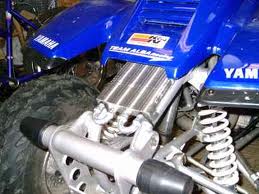Yamaha YZ250F
 When I’m not on the water, I like to tool around on my Yamaha YZ250F motocross dirt bike. It’s agile and easy to use. I feel confident when I’m going over dirt hills or racing around an outdoor track.
When I’m not on the water, I like to tool around on my Yamaha YZ250F motocross dirt bike. It’s agile and easy to use. I feel confident when I’m going over dirt hills or racing around an outdoor track.
Motorcycle testing websites consistently comment on the YZ250F’s ease of use. Even when you’re airborne you can stay in full control. To make sure it stays that way, I perform routine maintenance, like replacing the oil with Yamaha 2S oil every few months.


